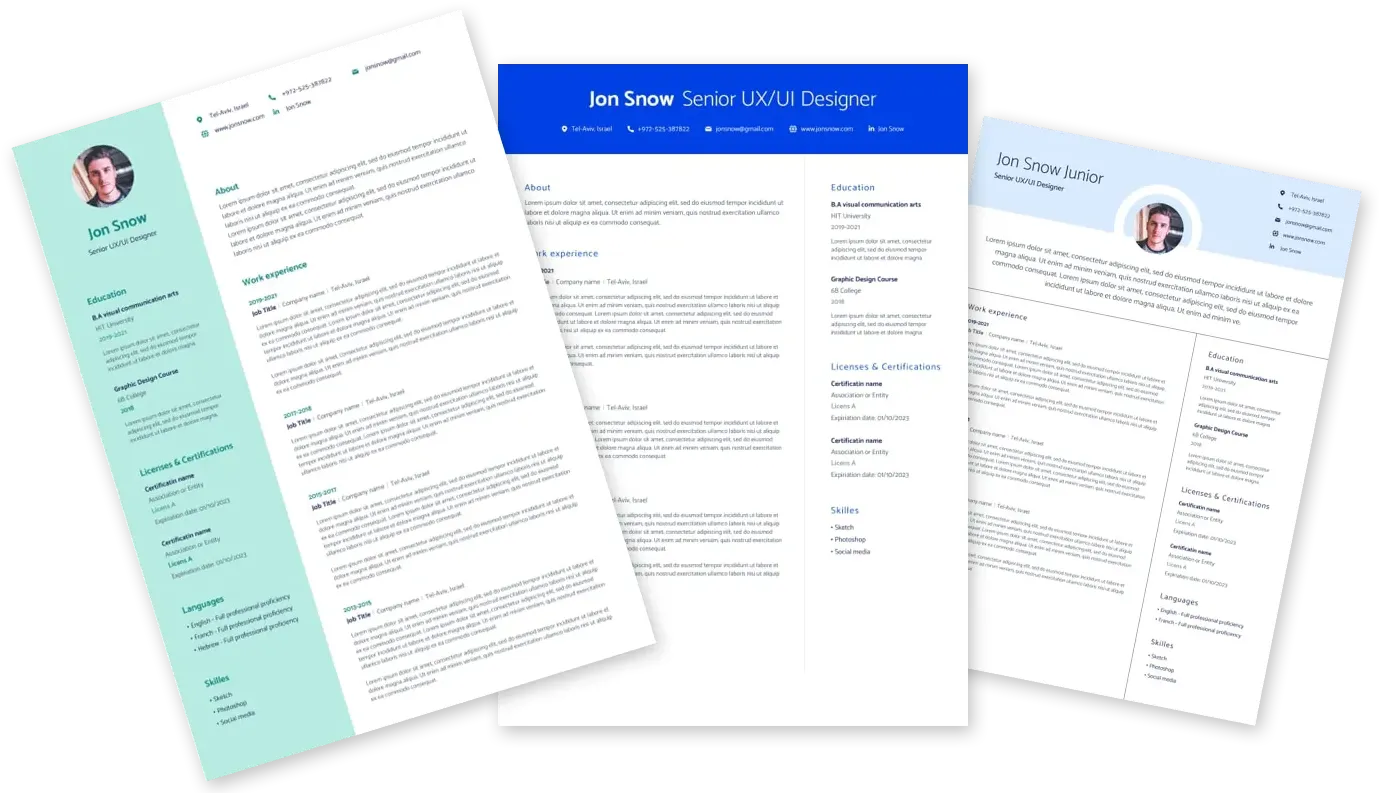

Nvidia Principal DRAM Architect – GPU Memory Solutions United States, California 841125703
Share
- US, CA, Santa Clara
- time type
- Full time
- posted on
- Posted 3 Days Ago
- job requisition id
What You’ll Be Doing:
Architect next-generation DRAM solutions and NVIDIA-specific implementations — including bank and stack structures, refresh mechanisms, retention schemes, ECC/CRC, power management, and reliability optimization.
Lead innovation in high-speed memory interfaces, with deep expertise in HBM PHYs (wide I/O, TSV signaling, SI/PI, timing margins) and an understanding of GDDR/LPDDR PHY architectures.
Collaborate across domains on advanced packaging technologies (TSVs, interposers, CoWoS, hybrid bonding, FOWLP) to optimize DRAM–GPU co-packaging for bandwidth, power, thermal performance, and yield.
Evaluate emerging DRAM process nodes (sub-1x nm, EUV, new capacitor/dielectric materials) and their impact on density, power, retention, and cost.
Influence industry direction by working with DRAM vendors and actively contributing to JEDEC committees, driving next-generation memory standards and NVIDIA-specific roadmap alignment.
Model and quantify system-level trade-offs in bandwidth, latency, power, cost, yield, and thermal behavior to guide architectural decisions.
Mentor engineers, lead technical reviews, and shape NVIDIA’s long-term memory architecture vision.
What We Need to See:
MS or PhD in Electrical Engineering, Computer Engineering, Physics (or equivalent experience).
15+ years of experience in DRAM or memory system architecture, with at least 5+ years focused on HBM (HBM2/2e/3/3e or next-gen).
Expertise in HBM architecture: TSV design, die stacking, interposer/CoWoS integration, refresh schemes, ECC/CRC, pseudo-channels, and thermal/power management.
Proven participation in JEDEC or equivalent standards organizations, contributing to DRAM or HBM specifications.
Demonstrated ability to influence DRAM vendor roadmaps, negotiate trade-offs, and enable early silicon validation.
Strong understanding of I/O and PHY design fundamentals — timing, SI/PI, equalization, jitter budgeting.
Proven experience balancing system-level trade-offs across performance, bandwidth, power, cost, yield, and reliability.
Exceptional technical leadership and cross-functional communication skills.
Ways to Stand Out from the Crowd:
Hands-on experience with GDDR6/7 and LPDDR5/6 architectures — including bank management, signaling, power states, and error handling.
Deep understanding of thermal and mechanical challenges in advanced memory packaging and 3D integration.
Familiarity with emerging memory technologies (3D DRAM, MRAM, RRAM, or next-gen hybrid memory).
Publications, patents, or JEDEC leadership roles demonstrating influence on memory architecture and standards.
Background in high-bandwidth computing platforms — AI, HPC, or graphics accelerators.
You will also be eligible for equity and .
These jobs might be a good fit
